Repeatedly delayed scheme given all clear by MI5 and MI6, according to The Times
Keir Starmer is expected to approve Chipperfield’s plans for a new Chinese embassy on Tower Hill next month after being given the all-clear by MI5 and MI6, according to The Times.
The newspaper said it has been told that the Home Office and the Foreign Office, which represent the two security services, will raise no formal objection to the plans as long as appropriate “mitigations” are put in place to protect national security.
A formal decision on the controversial 20,000sq m scheme, set to be the largest embassy in Europe, had been expected last month but was pushed back to a deadline of 10 December amid concerns the facility could pose an espionage risk.
Worries have centred on the location of the site at the former Royal Mint Court, which sits over a web of fibre optic cables which carry a large quantity of highly sensitive data to the City of London.
However, the government has sought to reset the UK’s relationship with China with Starmer reportedly planning a trip to the country in January, according to Sky News.
> Also read: Met Police withdraws objection to Chipperfield’s Chinese ‘super-embassy’ after reviewing three-year-old evidence
A decision on the scheme has been delayed multiple times since its planning application was first submitted to Tower Hamlets council in 2021, with the initial plans rejected in 2022 before an identical scheme was resubmitted last year.
This scheme was called in by former communities secretary Angela Rayner in October 2024 and sent to a public inquiry held in February this year with hearings focused largely on the risk to the public of protests which could take place on streets surrounding the site.
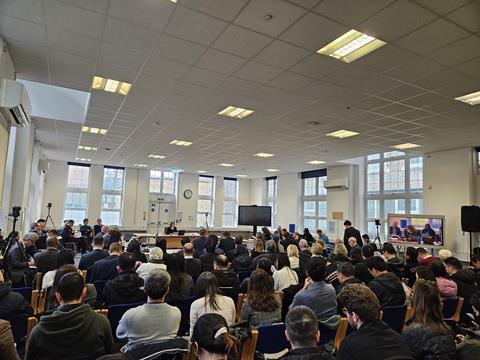
In August, Rayner asked China to explain why some rooms in the embassy, particularly in the basement areas, had been blanked out in the planning application.
Under Chipperfield’s plans, the grade II* listed Johnson Smirke Building would be refurbished as the main embassy building to host formal reception spaces and offices.
The grade II-listed Seaman’s Registry would also be refurbished under the scheme with various additions to both buildings, which were carried out as part of the mint’s redevelopment in the 1980s, due to be replaced.
Two linked blocks constructed as part of the 1980s redevelopment, Dexter House and Murray House, would be separated and reconfigured, with Murray House stripped back to its frame to create a new ceramic-clad cultural centre.


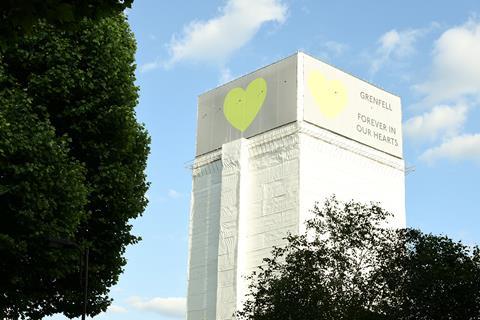














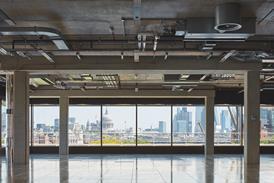

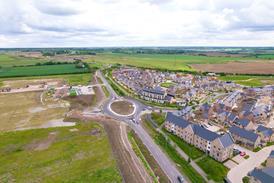
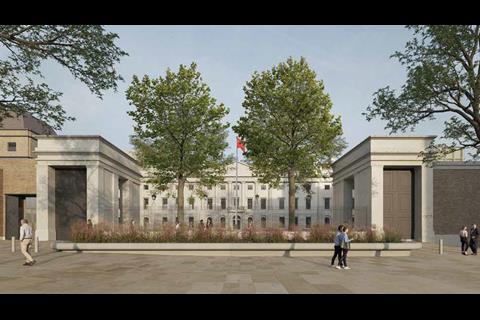
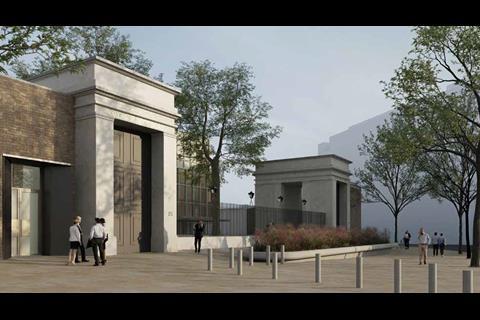
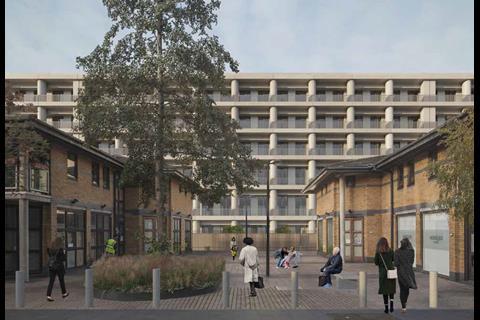
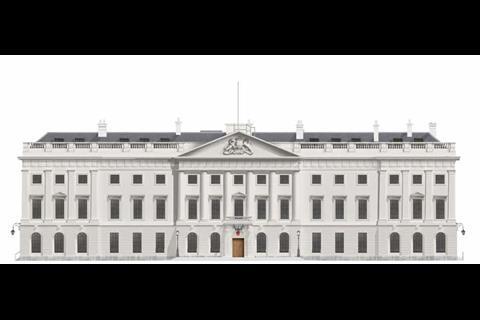







No comments yet